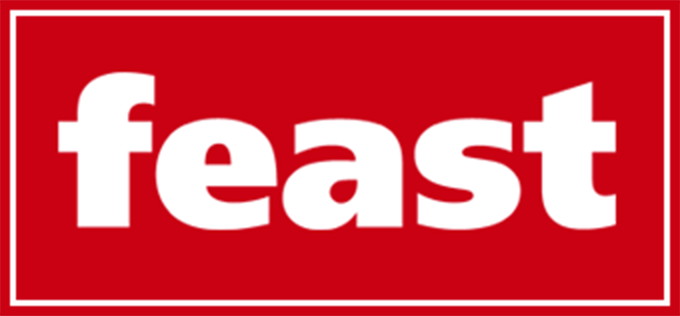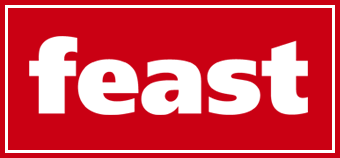In today’s tech-driven landscape, software is no longer a behind-the-scenes tool — it’s the engine powering business growth, customer engagement, and innovation. As competition tightens and user expectations soar, companies must rely on software that adapts quickly and efficiently to their unique needs. Unfortunately, many still fall into the trap of adopting rigid, one-size-fits-all solutions that limit flexibility and reduce their competitive edge.
Standardized software may seem like a cost-effective and quick fix, but it often results in inefficiencies, poor user adoption, and limited scalability. As organizations grow and evolve, generic systems struggle to keep up — making customization not just a benefit but a necessity.
The Pitfalls of Generic Software in Specialized Environments
Every organization has its workflows, goals, and regulatory considerations. Yet many software vendors continue to promote standardized platforms with minimal configuration options. This might suffice for startups or small teams with simple processes, but these limitations become glaring obstacles for companies operating in competitive tech environments.
A tailored approach, often delivered by a specialized erp development company, allows businesses to craft solutions that align closely with their operations. In particular, ERP (Enterprise Resource Planning) systems need to account for company-specific inventory flows, data governance policies, and industry requirements. When these variables are ignored, teams are forced to adjust their operations to fit the software — not the other way around.
A survey by McKinsey & Company revealed that 45% of IT decision-makers cited “lack of flexibility” as the top reason for dissatisfaction with off-the-shelf software, particularly in fast-scaling companies. Additionally, Forrester Research found that firms using custom ERP solutions saw 30% faster operational efficiency improvements than those using standardized packages.
Consider the case of SpaceX. While building and launching rockets at breakneck speed, SpaceX realized that generic software couldn’t keep pace with its highly specialized manufacturing and logistics requirements. The company invested in custom-built ERP tools tailored to its workflow, resulting in faster development cycles and better resource tracking — a competitive edge critical in the high-stakes aerospace industry.
Incompatibility with Evolving Tech Stacks
The modern tech environment is constantly shifting. New frameworks, programming languages, and infrastructure models emerge every year. In such a dynamic ecosystem, relying on inflexible software is akin to driving a race car on square wheels. Companies must be able to integrate new tools, pivot quickly, and update systems without massive re-engineering.
One-size-fits-all software often lacks APIs or has limited integration capabilities. This becomes a significant hurdle for organizations connecting legacy platforms with cloud-native services, analytics engines, or AI-driven modules.
In contrast, a customized design allows developers to create microservices and modular architectures that evolve as business needs change. The flexibility to deploy new components without overhauling the entire system is crucial to maintaining velocity in tech-driven industries.
A notable example comes from Spotify. The company began with monolithic systems but gradually shifted toward a custom-built microservices architecture. This transition allowed them to iterate features rapidly, scale independently, and integrate advanced recommendation algorithms — all of which would have been impossible on a rigid, standardized platform (Spotify Engineering Blog).
Cost vs. Value in the Long Run
One of the most common arguments for off-the-shelf solutions is lower upfront costs. However, initial savings often give way to growing expenses over time. Customization requests, third-party plugins, and forced workarounds drive up costs, all while productivity suffers from poor usability or inflexible processes.
A report from IDC indicates that companies spend an average of 25% more per year managing and extending generic software than those investing in tailored systems. This includes hidden costs like employee training, downtime, and system mismatches with business logic.
In 2021, a U.S.-based healthcare firm, MedSolutions, found its off-the-shelf patient records system inadequate for HIPAA compliance and multilingual requirements. After two years of manual interventions and costly compliance audits, the firm shifted to a custom-designed software ecosystem. Within a year, according to a case study published by Healthitanalytics, they saw a 40% reduction in audit flags and a 25% improvement in patient data access speed.
User Experience and Adoption
Software is only as good as its user adoption. Employees working with poorly designed interfaces or irrelevant features are likely to disengage. This directly impacts productivity and morale.
Generic platforms try to cover all possible use cases, often leading to bloated interfaces and confusing workflows. In contrast, custom software focuses only on what’s essential for the organization, making training easier and user satisfaction higher.
In a study by TechRepublic, companies using custom-designed internal tools reported 60% higher user satisfaction than those using off-the-shelf platforms. This is especially relevant in high-pressure tech environments where employee efficiency and seamless user experience can be make-or-break factors.
Security and Compliance Challenges
Security and compliance are deeply tied to system design. Standardized software often comes with preset permission models, data storage options, and third-party dependencies — many of which may not align with specific industry regulations or internal policies.
This presents a significant risk for finance, healthcare, or defence companies. Tailored systems, by contrast, can be built from the ground up with compliance in mind — implementing features like fine-grained access controls, localized data storage, and custom encryption models.
In 2022, a fintech startup in the EU transitioned from a third-party SaaS platform to a custom-built transaction management system after facing GDPR compliance challenges. The switch allowed them to control data residency, automate regulatory reporting, and easily pass audits — all of which had been pain points with their prior setup.
Staying Competitive Requires Control and Agility
In the fast-moving tech industry, being competitive means more than just keeping up — it means anticipating change and responding quickly. Rigid, one-size-fits-all solutions slow innovation and lock teams into outdated paradigms. Custom software enables companies to maintain control, pivot strategies, and unlock new opportunities.
Tailored systems empower businesses to:
- Innovate faster with custom features
- Scale efficiently as user bases grow
- Ensure compliance with evolving regulations
- Deliver better experiences for customers and employees
- Future-proof operations against market shifts and disruptions.
Conclusion
The idea of a universal software solution may be appealing at first glance, especially when budgets and timelines are tight. However, flexibility, integration, and customization are not optional in highly competitive tech environments — they are essential.
Organizations must view software as a strategic asset rather than a commodity. Working with a skilled ERP development company can unlock the potential of tailored systems that evolve with the business, not against it. In the long run, investing in personalized architecture, optimized interfaces, and adaptable platforms will deliver far greater value than any short-term savings from generic solutions.
Companies that understand this will continue to lead—those who don’t risk falling behind in a world where agility is everything.



